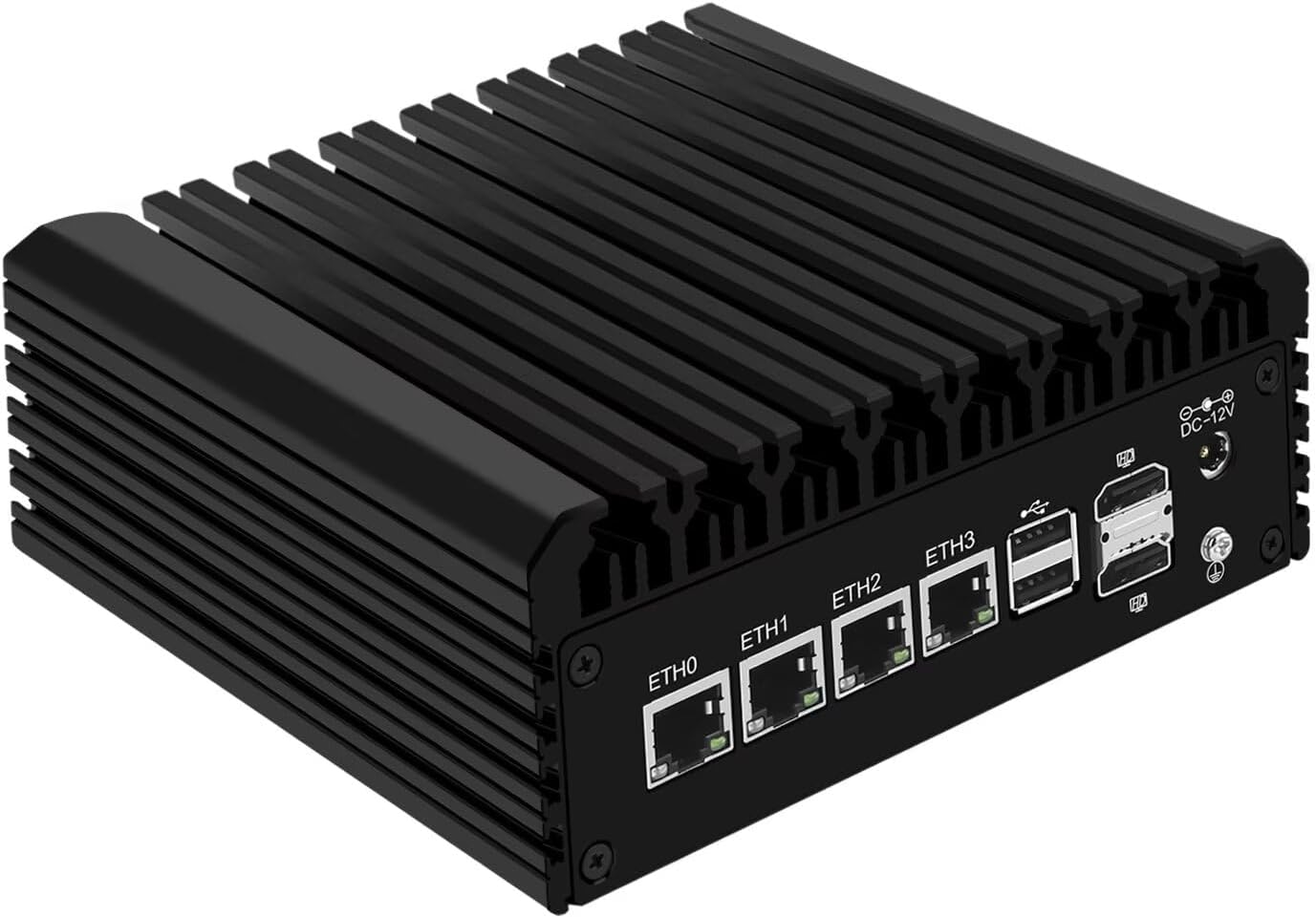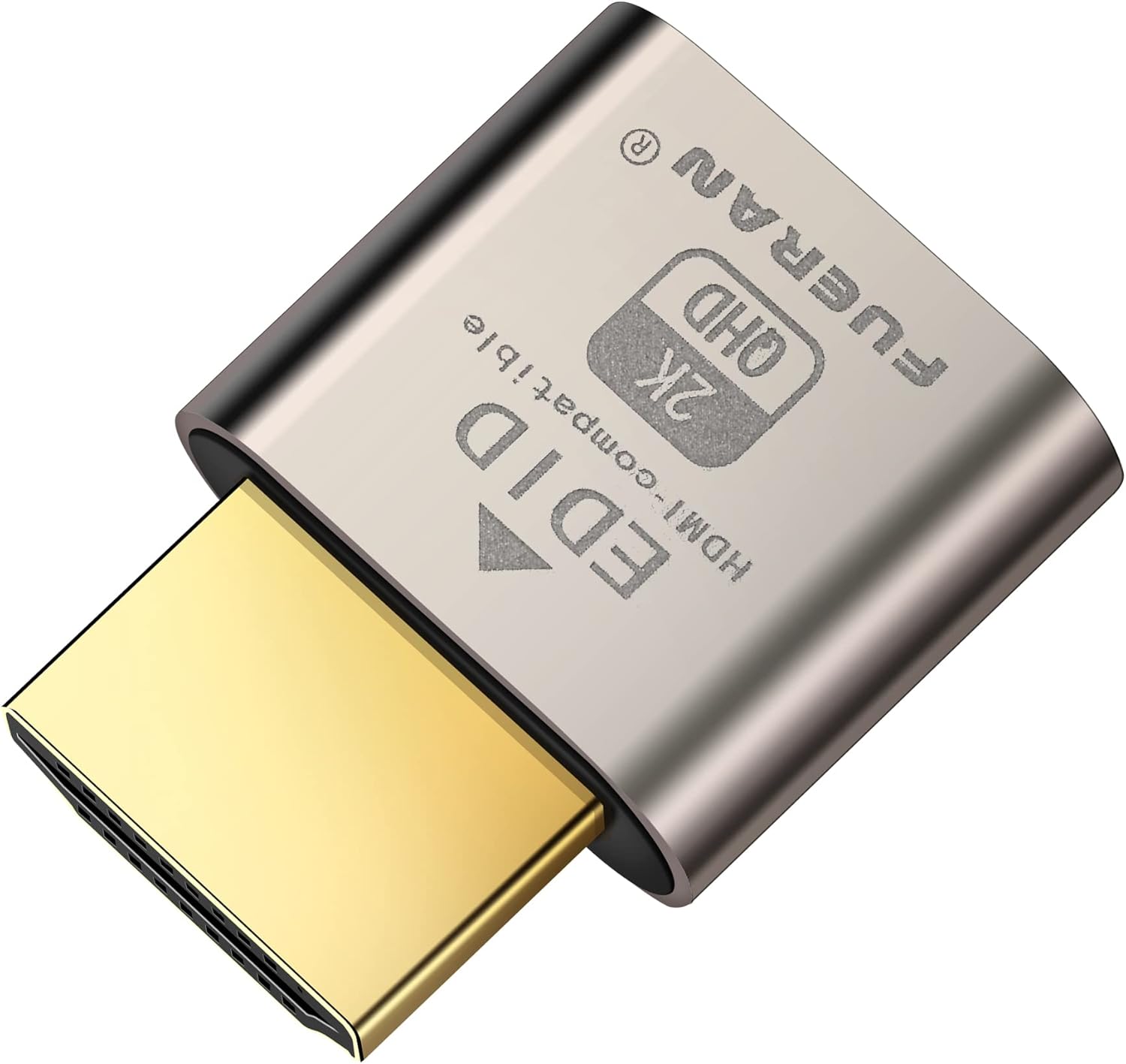Fix For Headless Machine
During COVID-19, I got really bored and decided it was an excellent time for me to create a more sophisticated home network. More sophisticated than I needed, actually. More sophisticated than is rational for even a nerd like myself to have at home. It really was an excuse to spend money on new hardware that would keep me from being bored at being cooped up in the house.
So, I decided that rather than using the WiFi/router combination that Comcast/Xfinitity gave me, I'd run a dedicated box that would run a version of a distribution dedicated to being a sophisticated router.
I got something very much like this small box
 It's basically a small PC that runs with an embedded (low power) Intel processor and which I've equipped
with 16G of memory and a 256G SSD drive). It runs opnsense, an open source firewall and
routing platform.
It's basically a small PC that runs with an embedded (low power) Intel processor and which I've equipped
with 16G of memory and a 256G SSD drive). It runs opnsense, an open source firewall and
routing platform.
And, frankly, it's a bit complicated, but I enjoy tinkering.
But there has been one problemn that consistently been biting me.
The router box has a particular curiousity about it: after a power outage, it would normally try to reboot
automatically (it includes an option which will return it to the last state it was in after a power outage).
If I had a monitor and keyboard hooked to it and was watching it, it would work fine. But I wish to run the
thing "headless" most of them time, without a monitor hooked to it.
And this is where the problem came in: if the power went out and the machine rebooted, it would boot into a hung state if there was not a monitor installed. Everytime this happened, it was annoying because I had to find a monitor, hook it up and reboot. I had checked the BIOS options for the computer to see if there was something that was causing it to boot into an error state, but nothing leapt out at me.
Then, suddenly a couple of days ago I found out (upon doing some unrelated research) that this was not an entirely uncommon problem, and that there was a fix: a small HDMI dongle that acted as if it were a "ghost display" that cost about $7. I could leave it plugged in, and it would satisfy the BIOS that there really was a display adapter attached.

I plugged it in, and rebooted. Worked perfectly.
Not sure if anyone else will need similar solution, but I thought I would document it here anyway.